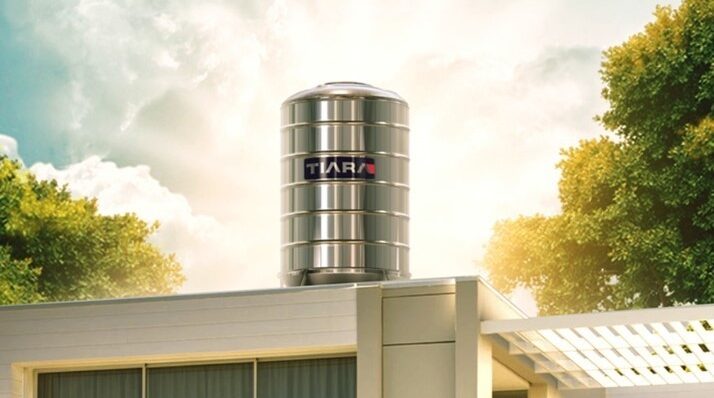
Introduction:
Access to clean and reliable water is a pressing issue in many urban slums around the world. Due to overcrowding, inadequate infrastructure, and a lack of reliable water distribution systems, slum dwellers often face challenges in obtaining potable water. In such environments, durable and efficient water storage solutions are essential. One such solution gaining popularity is stainless steel water tanks. These tanks offer a variety of benefits that make them particularly suitable for water storage in urban slums.
Durability and Longevity:
Stainless steel is known for its exceptional strength and resistance to corrosion. Unlike plastic or concrete tanks, stainless steel can withstand the harsh environmental conditions typically found in slums, such as exposure to sunlight, pollution, and temperature fluctuations. In areas where water storage systems often need to endure extreme weather or heavy use, the longevity of stainless steel tanks makes them a wise investment. A well-maintained stainless steel tank can last for decades, reducing the need for frequent replacements and thus lowering long-term costs.
Hygiene and Water Quality:
Waterborne diseases are a significant concern in urban slums due to inadequate sanitation and the contamination of water sources. Stainless steel tanks provide a safer storage environment for water because the material is non-porous and does not harbor bacteria or other pathogens. This makes stainless steel tanks more hygienic compared to other storage options like plastic tanks, which can develop mold or bacterial growth if not properly cleaned. Moreover, stainless steel does not leach harmful chemicals into the water, ensuring that stored water remains clean and safe for consumption.
Resistance to Contamination:
In urban slums, where water sources may be exposed to pollutants or contamination from the surrounding environment, it is essential that water storage systems remain sealed and resistant to external factors. Stainless steel tanks offer a high level of protection against contamination due to their seamless construction and robust design. They are less likely to develop cracks or leaks, which can lead to the entry of dirt, insects, or chemicals into the stored water. This makes stainless steel tanks an ideal choice for slum areas where maintaining water purity is a constant challenge.
Ease of Maintenance:
Regular maintenance is crucial to ensure that water storage systems remain effective and hygienic. Stainless steel tanks require relatively low maintenance compared to other materials. They are resistant to rust, algae buildup, and scale formation, which are common problems in other types of water storage systems. The smooth surface of stainless steel also makes it easier to clean, as there are fewer crevices or areas where dirt can accumulate. In urban slums, where access to maintenance services can be limited, the low-maintenance nature of stainless steel tanks is a significant advantage.
Sustainability and Environmental Benefits:
Stainless steel is a highly sustainable material, as it is 100% recyclable. In urban slums, where waste management systems may be insufficient, the ability to recycle stainless steel tanks at the end of their lifecycle reduces environmental impact. Moreover, stainless steel tanks can be repurposed or reused for various functions, further contributing to their sustainability. This makes them a more environmentally friendly option compared to other materials that may not have the same recycling potential.
Conclusion:
Stainless steel tanks provide a robust, hygienic, and sustainable solution for water storage in urban slums. Their durability, resistance to contamination, and ease of maintenance make them ideal for areas where water quality is a constant concern. By investing in stainless steel tanks, communities in urban slums can improve access to clean water, reduce the risk of waterborne diseases, and ensure long-term sustainability in water storage practices. As urban populations continue to grow, such innovative solutions are critical in addressing the water needs of underserved communities.


